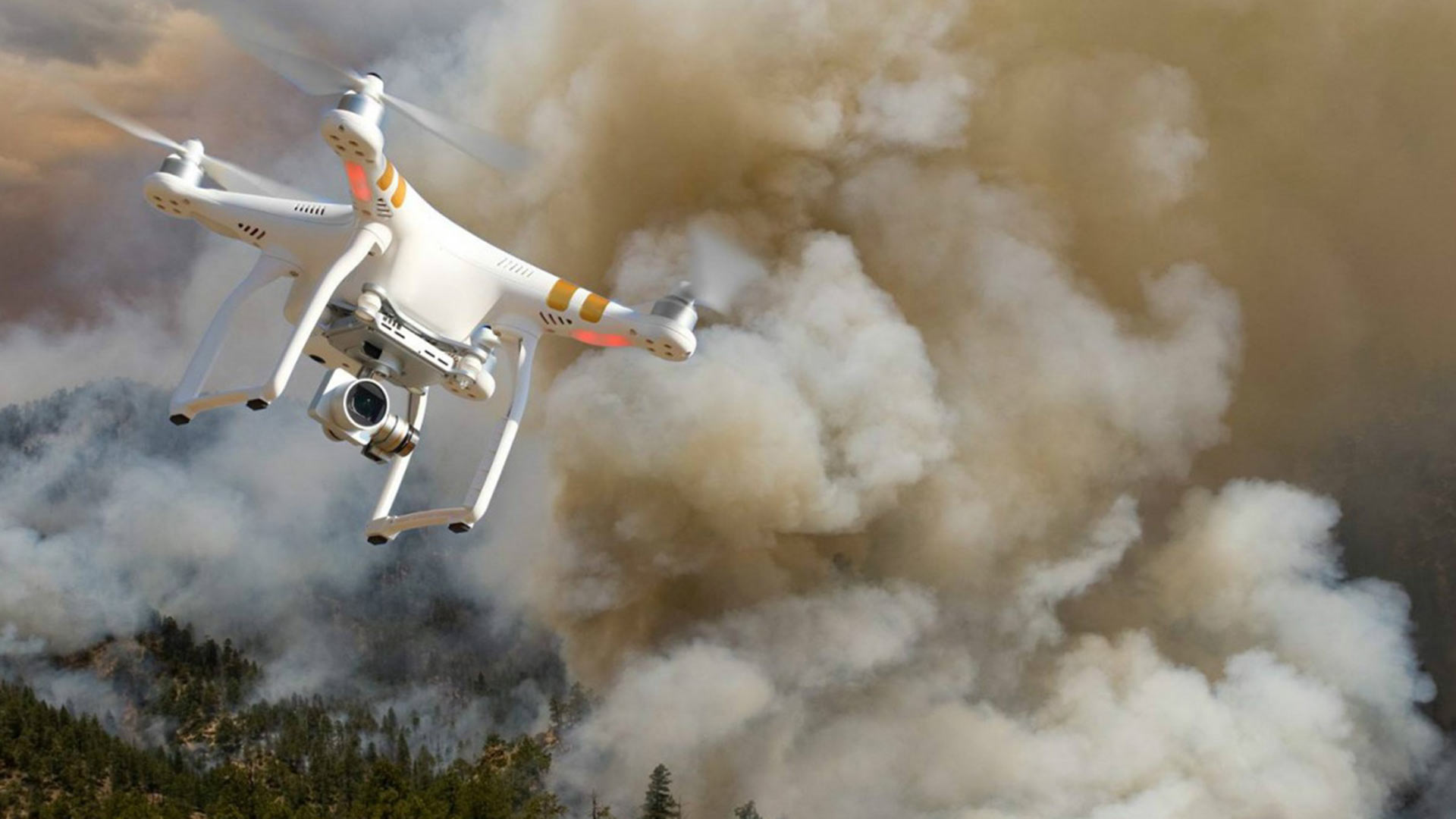New information technologies are often aimed at improving artificial intelligence. The AI market is expected to grow to $190 billion by 2025, and global spending on cognitive and AI systems is expected to reach more than $57 billion as early as in 2021. But artificial intelligence is not the only thing that worries the scientists. There are other developments in the IT field.
The Internet Almighty
The latest information technology is impossible without the World Wide Web. This means that the Internet must penetrate into every corner of the world. Google tried to establish communication using helium balloons. Hiber, on the other hand, has developed IT technologies of the future that are starting to work today. The company has launched its own network of shoebox-sized microsatellites into low Earth orbit. As they fly past remote corners, they wake up a modem connected to a computer or other device to transmit information.
Satellites orbit the Earth 16 times a day and are already being used by such organizations as the British Antarctic Survey to provide Internet access to our the most inaccessible places.
Drone firefighters and breathalyzers in the car steering wheel
The development of the first IT technology of the future involves the use of the advanced drones to fight forest fires. Researchers at George Mason University in Virginia have found that if you direct loud noises at the bottom of trees it makes the air thinner. At the desired frequency the fire simply extinguishes. And if you control the sound extinguishers remotely it is absolutely safe forvthe firefighters.

Another security system based on the computer know-how is the steering wheel breathalyzer. Several well-known auto concerns are developing special programs that will determine if the driver has taken alcohol when he touches the steering wheel. If a risk is detected the vehicle will be immobilized. Potential benefits are not only safer roads for drivers and pedestrians, but also lower car insurance premiums.
Embedded computer technology of the future
According to William Joy of Sun Microsystems, new technologies in the IT world will involve miniaturizing computers into a microchip and embedding it in almost any type of device, from home electronics to appliances, large vehicles, and machines. Anything in the home and factory can be controlled remotely.
Perhaps the impetus for this approach was the coronavirus epidemic. But, if the house, office, or resting places become “smart”, a person will be able to spend the free time on the creativity and social projects.

